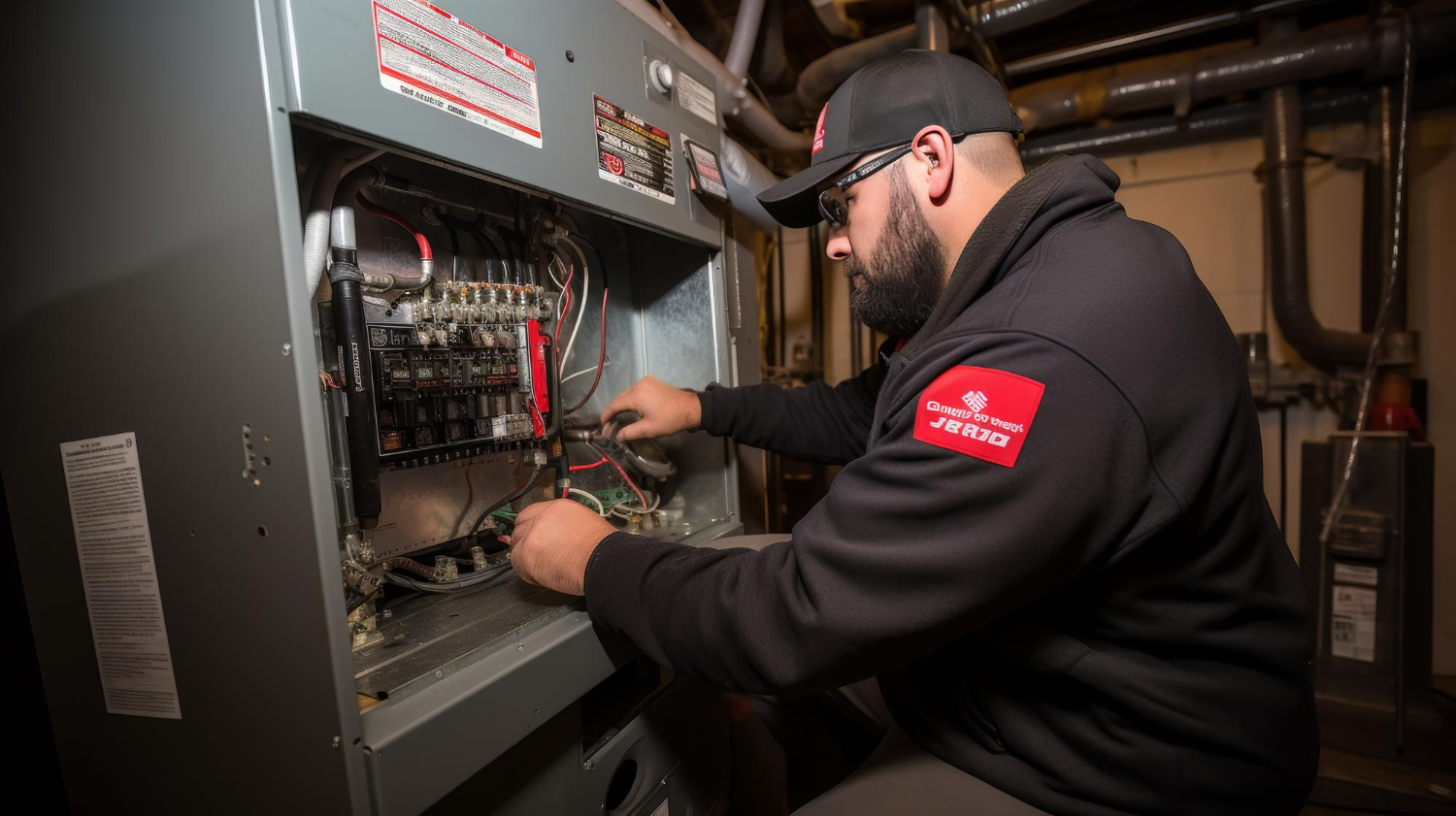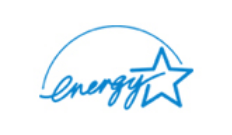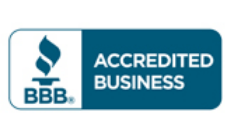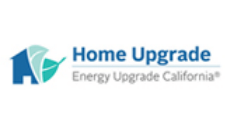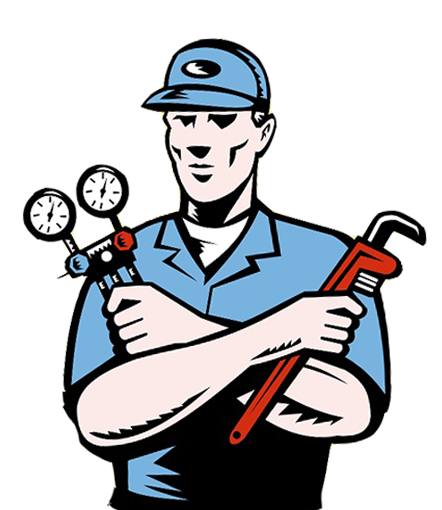New construction projects offer the perfect opportunity to install an efficient heating system that meets the unique needs of a modern home. Proper furnace installation ensures optimal performance, energy efficiency, and long-term reliability. Whether you are building your dream home or overseeing a new development, understanding the best practices for furnace installation is crucial.
Selecting the Right Furnace for New Homes
Types of Furnaces and Their Benefits
Choosing the right type of furnace is essential for ensuring efficient and reliable heating. The most common types include:
1. Gas Furnaces: Known for their efficiency and affordability, gas furnaces are a popular choice for many homeowners. They offer quick, consistent heating and are generally cost-effective to operate.
2. Electric Furnaces: These furnaces are easier to install and maintain. They are a good option in areas where natural gas is unavailable. Electric furnaces are also quieter compared to gas models.
3. Oil Furnaces: While less common, oil furnaces are highly efficient and an excellent choice for homes in colder climates. They tend to have a higher upfront cost but offer robust performance.
4. Propane Furnaces: Useful in areas without natural gas infrastructure, propane furnaces provide reliable heating and are relatively more efficient than oil furnaces.
Selecting the right furnace involves evaluating the specific needs and constraints of your new home. Each type has its own set of advantages, and our professionals can help you determine the best fit.
Energy Efficiency Considerations
Energy efficiency is a critical factor when selecting a furnace. Modern furnaces come with various features designed to reduce energy consumption, such as variable speed motors and advanced heat exchangers. Look for furnaces with high Annual Fuel Utilization Efficiency (AFUE) ratings. A higher AFUE rating indicates more efficient energy use, helping you save on energy bills and reduce your carbon footprint.
Investing in an energy-efficient furnace offers long-term cost savings and is environmentally friendly. Our technicians can guide you through the options and recommend units that meet both your efficiency goals and budget constraints.
Sizing the Furnace Appropriately
Proper sizing of the furnace is crucial for optimal performance and energy efficiency. An undersized furnace will struggle to heat your home adequately, while an oversized unit can lead to short cycling and increased wear and tear. Both scenarios result in higher energy bills and reduced lifespan of the furnace.
Correctly sizing a furnace involves calculating the heating load of your home, considering factors such as square footage, insulation levels, and local climate. Our professionals will perform a detailed assessment to ensure you choose a furnace that perfectly matches your new home’s requirements.
Preparing the Site for Installation
Ductwork Design and Layout
Effective ductwork design is essential for the efficient operation of your furnace. Properly designed ducts ensure even distribution of heated air throughout your home, minimizing energy loss and enhancing comfort. Our professionals will create a ductwork layout tailored to your home’s specific needs, optimizing performance and efficiency.
Considerations for ductwork include the placement of vents, the size of ducts, and the type of material used. Each element plays a role in ensuring that the system operates smoothly and efficiently.
Ventilation Requirements
Proper ventilation is vital for the safe and efficient operation of your furnace. Adequate ventilation prevents the buildup of harmful gases and allows for proper combustion. Our technicians will ensure that the furnace installation meets all ventilation requirements, including the placement of flue pipes and exhaust vents.
Ventilation needs vary depending on the type of furnace and the layout of your home. Our experts will conduct a thorough assessment to determine the best ventilation solutions for your new construction.
Ensuring Proper Insulation
Insulation plays a significant role in the overall efficiency of your heating system. Proper insulation reduces heat loss, keeping your home warmer and allowing the furnace to operate more efficiently. Our professionals will assess the insulation levels in various parts of your home, including walls, attic, and floors.
Ensuring adequate insulation not only improves furnace performance but also contributes to lower energy bills. Our technicians can recommend insulation upgrades if necessary to enhance the efficiency of your new heating system.
Installation Best Practices
Steps Our Professionals Follow
When it comes to furnace installation, following a systematic approach ensures success. Our professionals begin by assessing the site to confirm that all preparations are complete. This includes checking the ductwork layout, ventilation setup, and insulation.
Next, we install the furnace according to the manufacturer’s specifications. This step involves securely mounting the unit, connecting it to the heating ducts, and integrating it with the electrical and gas systems. Our technicians take care to ensure all connections are secure and that the unit is properly aligned. This meticulous approach guarantees optimal performance and longevity of the furnace.
Safety Protocols During Installation
Safety is our top priority during furnace installation. Our technicians follow strict safety protocols to protect your property and ensure the furnace operates safely. This includes verifying that the gas lines are properly connected and sealed, checking for potential leaks, and ensuring adequate ventilation.
We also install safety switches and sensors to monitor the furnace’s operations. These devices help in detecting issues such as overheating or gas leaks, providing an additional layer of protection. By adhering to these safety measures, our professionals ensure that your new furnace operates reliably and securely.
Conducting Initial Performance Checks
Once the furnace is installed, our technicians perform initial performance checks to verify its efficiency and functionality. This involves testing the airflow, measuring the temperature output, and checking the system’s overall performance. Any adjustments needed are made at this stage to optimize the furnace’s operation.
We also provide a thorough walkthrough of the new system, explaining how it works and answering any questions you may have. This ensures you understand how to use and maintain your new heating system effectively.
Post-Installation Considerations
Routine Maintenance Tips
To keep your new furnace running smoothly, regular maintenance is essential. Simple tasks like replacing the air filter every few months can significantly improve efficiency and prolong the unit’s lifespan. Additionally, keeping the area around the furnace clean and free of debris helps maintain optimal airflow.
Our professionals can also provide tips on how to recognize common issues like unusual noises or inconsistent heating. Addressing these problems early can prevent more significant issues down the line.
Setting Up a Smart Thermostat
A smart thermostat can enhance your new furnace’s performance and efficiency. These devices allow you to control the temperature remotely and set schedules for heating based on your routine. Smart thermostats also provide valuable insights into your energy usage, helping you make informed decisions to save on heating costs.
Our technicians can help you choose a compatible smart thermostat and handle the installation and setup. This integration ensures that you get the most out of your heating system.
Scheduling Regular Professional Inspections
Regular professional inspections are vital for maintaining your furnace’s efficiency and longevity. Our professionals recommend scheduling an annual inspection to catch potential issues early and perform necessary adjustments or repairs. These inspections typically involve a thorough cleaning of the unit, checking all connections, and testing the system’s performance.
By keeping up with regular inspections, you can ensure that your furnace remains in excellent condition and continue to provide reliable heating for your home.
Conclusion
Proper furnace installation is crucial for ensuring a comfortable and energy-efficient home. From selecting the right unit to preparing the site and following best practices during installation, each step plays a vital role in achieving optimal performance. Post-installation considerations like routine maintenance, setting up a smart thermostat, and scheduling regular inspections further contribute to the longevity and efficiency of your heating system.
Our team at Precise Air Systems, Inc. takes pride in delivering top-notch furnace installation services in Los Angeles. Contact us today to schedule your new construction furnace installation and experience the comfort and reliability of a professionally installed heating system.



